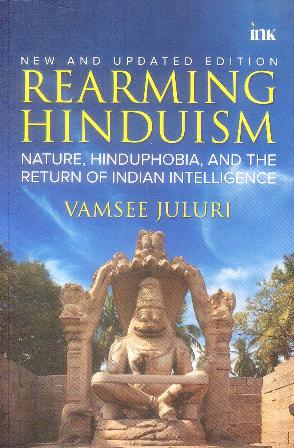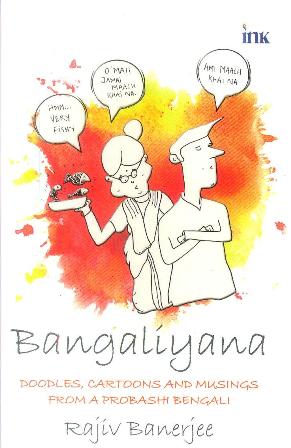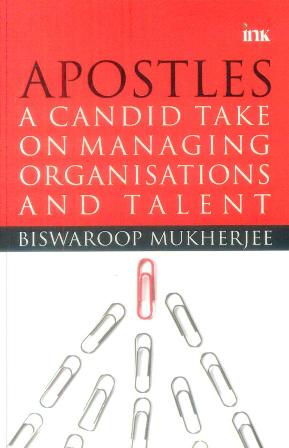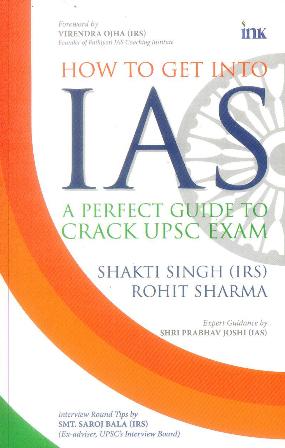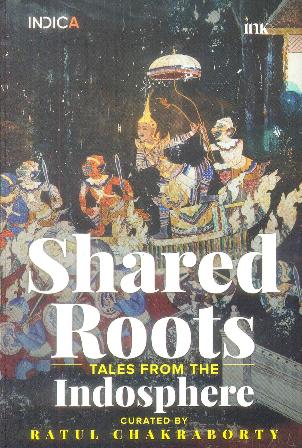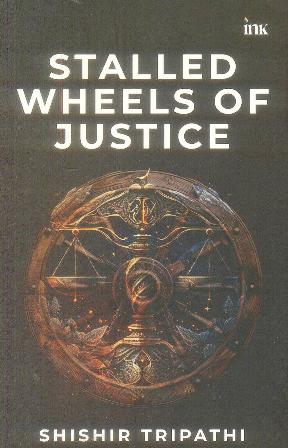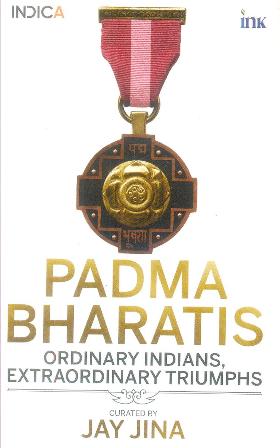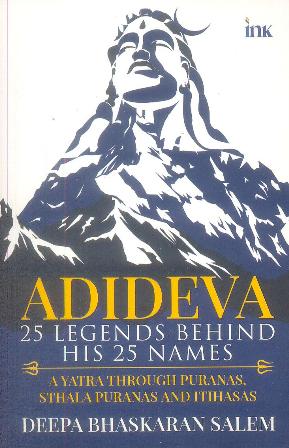-
Rearming Hinduism
Rearming Hinduism is a handbook for intellectual resistance. Within its pages, Vamsee Juluri delivers a sharp and comprehensive examination of Hinduphobia pervasive in contemporary academia, media, and popular culture. Juluri not only exposes the Hinduphobic narrative’s denial of the profound truths and beauty within Hindu philosophy but also challenges its disregard for the inherent integrity and sacredness of the natural world. This book fearlessly dismantles prevalent misconceptions about nature, history, and ancient civilizations propagated by modern media while debunking Hinduphobic myths surrounding Aryans, invasions, and ritual practices. Through this critique, Rearming Hinduism draws connections between Hinduphobia and a culture marked by exploitation and self-destruction, suggesting that a revitalized Hindu perspective may offer a potent counterforce. It urges readers to envision the present through the lens of timeless principles, thereby uplifting our understanding of our land, time, and the enduring values of sanatana dharma.
-
Bangaliyana
The word ‘Bangaliyana’ roughly means ‘the Bengali way of life’. Bangaliyana, the book, is a delightful look at the author’s experience of life through his doodles and cartoons. Each page is infused with the vibrant spirit of Bengali culture, cuisine, and language from the author’spoint of view. Being a probashi Bengali, the author straddles the ‘native’ and the ‘cosmopolitan’ effortlessly and shares a unique perspective of the intersection by blending personal anecdotes with humour. The heart of the book beats with humour because of a delightful medley of doodles and cartoons. Over the span of the last decade, the author, a self-taught cartoonist, dedicated most of his weekends cartooning. Among numerous cartoons he created during this period, his exploration of Bengalis and Bangaliyana filled one of his sketchbooks up to the brim. It was within those pages that the seed of inspiration for this book took roots. The book defies being pigeonholed into a single genre. It is part memoir and part short story/humour. While everyday situations have provided a rich repository of ideas for the sketches, the book also captures moments of nostalgia from the author’s growing-up years. It allowed him to dig deep into his memory bank to fish out stories that most probashis will instantly relate to. Bangaliyana is not a critique of Bangla or Bengali culture but a tribute to the spirit of a true-blue Bengali. Whether you are a probashi or simply curious about the Bengali way of life, this book promises a heartfelt laugh
-
Apostles
In his debut book, Biswaroop offers an insight into career lessons he has learned in his long years of managing organisations and talent. Through a collection of reflections and musings, he invites readers to join him on a journey of discovery, reflection, and growth. He brings with him the perspective of an experienced practitioner who is passionate about making a difference in organisations and the lives of the employees. From navigating leadership to fostering a positive organisational culture and managing uncertainty and change to crafting strategic talent agenda, each reflection offers a unique perspective on various dimensions of managing organisations and talent in today’s ever-evolving workplace landscape. Whether you’re an HR professional seeking inspiration, a business leader looking to understand the intricacies of HR management, or simply curious about the inner workings of human resources, this book provides a gem of a lesson to all those interested in people and talent management.
-
How to Get into IAS
Welcome to India’s biggest and arguably the toughest examination—the UPSC Civil Services Examination. Clearing the exam is a painful journey—a battle, some might say—that requires tenacity, discipline, dedication, unwavering self-confidence, and hard work. While all losing battles have many things in common, a winning one has one: sound guidance. All unsurmountable goals are possible with a perfect companion and guide.
-
Shared Roots
The Indosphere is a broad, expansive cultural and geographical category under the influence of ancient India. While India’s cultural reach beyond the subcontinent has a storied past, its relationship with Cambodia is all but forgotten. Shared Roots tries to plug that gap. Embark on a captivating odyssey through the vibrant currents that once flowed freely between India and Cambodia. Woven together by the threads of dharma, the Indosphere is a fascinating realm where kings exchanged not just spices but also ideas, where artists found inspiration in shared mythology and where spirituality transcended borders. In this collection, seven authors from diverse fields meticulously plot the textures of this bilateral history, revealing the profound connection that shaped both the nations. From the echoing verses of the Reamker to the breathtaking grandeur of Angkor Wat, each page unveils the enduring legacy of this ancient bond. But Shared Roots is more than just a historical journey. It is an invitation to rediscover the power and beauty of cultural exchange untainted by colonialism, a potent reminder that diversity is not just a feature but also an essential building block of a just society. Drawing upon meticulous research and captivating storytelling, this book ignites a conversation about civilizational revival, urging us to celebrate the past while embracing a future enriched by shared understanding. The book is a stunning exploration of cultural fusion, a testament to the enduring power of enlightened values, and a call to action for a more vibrant world.
-
Stalled Wheels of Justice
‘Justice delayed is justice denied’ is a legal maxim that is often used to buttress the need for speedy justice. But what do we make of justice if it is served to a humble postman accused of stealing 57 rupees and 60 paise or a poor bus conductor charged with siphoning off 5 paise after legal battles that lasted for 29 years and 41 years, respectively? What do we make of justice if it costs so much that a retired senior bureaucrat and a senior Supreme Court judge say that they cannot afford the cost of litigation? What comes closest to this idea of manifest injustice is ‘justice delayed’ and ‘unequal access to justice’. There are various impediments and roadblocks to the dispensation of justice that can be termed as fair. Many of them are beyond the control of the judiciary itself. But a Bharat envisioning to become developed by 2047 needs to have a judiciary enabled by technology, guided by integrity, and motivated to provide quick relief. Piled-up case files, vacant judicial positions, and crumbling spaces cannot be the hallmark of a ‘nation on the move’. To clear these impediments, a concerted effort is required from all the stakeholders starting from government to litigants to the bar and the bench. The judiciary needs to be sophisticated and driven by the zeitgeist of high productivity, and judges need to have modern courtrooms so they can deliver justice swiftly. Stalled Wheels of Justice is not a commentary on law. That is something best left to jurists, lawyers, and constitutional experts. This is the story of law not being able to transform into justice. This is the story of denied insaaf and delayed nyaya. This is the story of a process that the author witnessed as a court reporter—a process that former chief justice of India N.V. Ramana equated with punishment. When the process itself becomes the punishment, poor justice-seekers become the first victims. Even when relief and judgments come forth, they are often empty of substance for they are pyrrhic victories. Much has been said and written from the points of view of persons in black robes, university professors, and intellectuals. But what about from men and women of the country who bore the heavy burden of injustice? This is the story of a faulty process, solvable unsolved problems, and, above all, of people at the end of the spectrum.
-
Padma Bharatis
Padma Bharatis: Ordinary Indians, Extraordinary Triumphs India, or Bharat, is a land of unparalleled diversity, a true chitraayana where the tapestry of life is woven with vibrant maanyata (respect) and maryaada (dignity). This nation, with its timeless unity in multiplexity, is a testament to a culture of cultures bonded by a rich tradition of creativity and ingenuity. Padma Bharatis captures this essence through a collection of essays that spotlight the remarkable achievements of ordinary Indians. Over recent years, public recognition of these unsung heroes has witnessed a paradigm shift with Padma awardees increasingly representing the true diversity of the nation. The stories within this book highlight the strength and resilience of people who bring sustainable change while honouring their cultural traditions and experiential knowledge passed down through generations. They are earthy, real, and often from rustic or small- town backgrounds, embodying the core values of a civilization on its path to a sustainable and aspirational future. Padma Bharatis is a celebration of these incredible souls.
-
ADIDEVA
ADIDEVA: 25 Legends Behind his 25 Names (A Yatra Through Puranas, Sthala Puranas and Itihasas) Shiva kathas are strewn like bright gems across the antiquated treasure chests of the Vedas, Itihasas, Maha Puranas, Sthala Puranas, and folklore. Adideva: 25 Legends behind His 25 Names is a collection of twenty- five enchanting legends about Shiva retold in opulent detail keeping true to the original texts and temple lore. Each tale is supplemented by captivating verses of many saint-poets and photos of intricate sculptures and art, illuminating the adoration of our ancestors for each of the divine manifestations of Adideva. From the well-known stories of Neelakantha, Uma Maheshwara, and Rameshwara, the riveting narratives of Tripurantaka, Sharabeshwara, and Kirata, the poignant accounts of Grishneshwara, Mrtyunjaya, and Matrubhuteshwara to the profound contemplations of Dakshinamurti and Arunachala, the chosen stories are filled with navarasas, and evoke wonder and adoration for Mahadeva. Embedded within these narratives are subtle teachings of dharma and adhyatma—inspiring a journey towards self- discovery. Most importantly, they are the easiest and sweetest ways to cultivate Shiva bhakti, which is the immediate cure for samsara.

